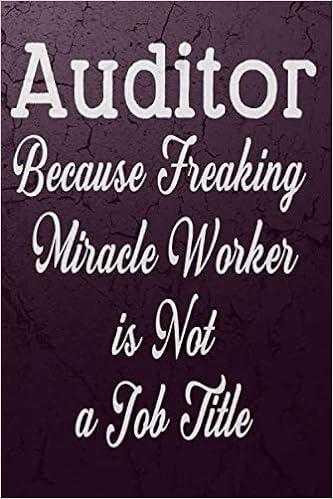


Statement of Cash Flows-Indirect Method The comparative balance sheet of Olson-Jones Industries Inc. for December 31, 20Y2 and 20Y1, is as follows: Dec. 31, 20Y2 Dec. 31, 20Y1 Assets $180 Cash $60 Accounts receivable (net) 102 75 Inventories 64 41 Land 147 169 Equipment 83 65 (22) (11) Accumulated depreciation-equipment $554 $399 Total Assets Liabilities and Stockholders' Equity Accounts payable (merchandise creditors) $70 $60 Dividends payable 11 Common stock, $10 par 37 19 Paid-in capital: Excess of issue price over par-common stock 81 47 Retained earnings 355 273 $554 $399 Total liabilities and stockholders' equity The following additional information is taken from the records: 1. Land was sold for $55 2. Equipment was acquired for cash 3. There were no disposals of equipment during the year 4. The common stock was issued for cash 5. There was a $119 credit to Retained Earnings for net income. 6. There was a $37 debit to Retained Earnings for cash dividends declared a. Prepare a statement of cash flows, using the indirect method of presenting cash flows from operating activities. Use the minus sign to indicate cash out flows, cash payments, decreases in cash, or any negative adjustments. Olson-Jones Ind ustries, Inc. Statement of Cash Flows For the Year Ended December 31, 20Y2 Cash flows from operating activities: Net income Adjustments to reconcile net income to net cash flow from operating activities Depreciation -22 Gain on sale of land Changes in current operating assets and liabilities: Increase in accounts receivable Increase in inventories Increase in accounts payable Net cash flow from operating activities Cash flows from investing activities: Cash received from sale of land Adjustments to reconcile net income to net cash flow from operating activities: Depreciation -22 Gain on sale of land Changes in current operating assets and liabilities: Increase in accounts receivable Increase in inventories Increase in accounts payable Net cash flow from operating activities Cash flows from investing activities: Cash received from sale of land Cash paid for purchase of equipment Net cash flow provided by investing activities Cash flows from financing activities: Cash received from sale of common stock Cash paid for dividends Net cash flow provided by financing activities Cash paid for dividends Cash at the beginning of the year Cash at the end of the year









